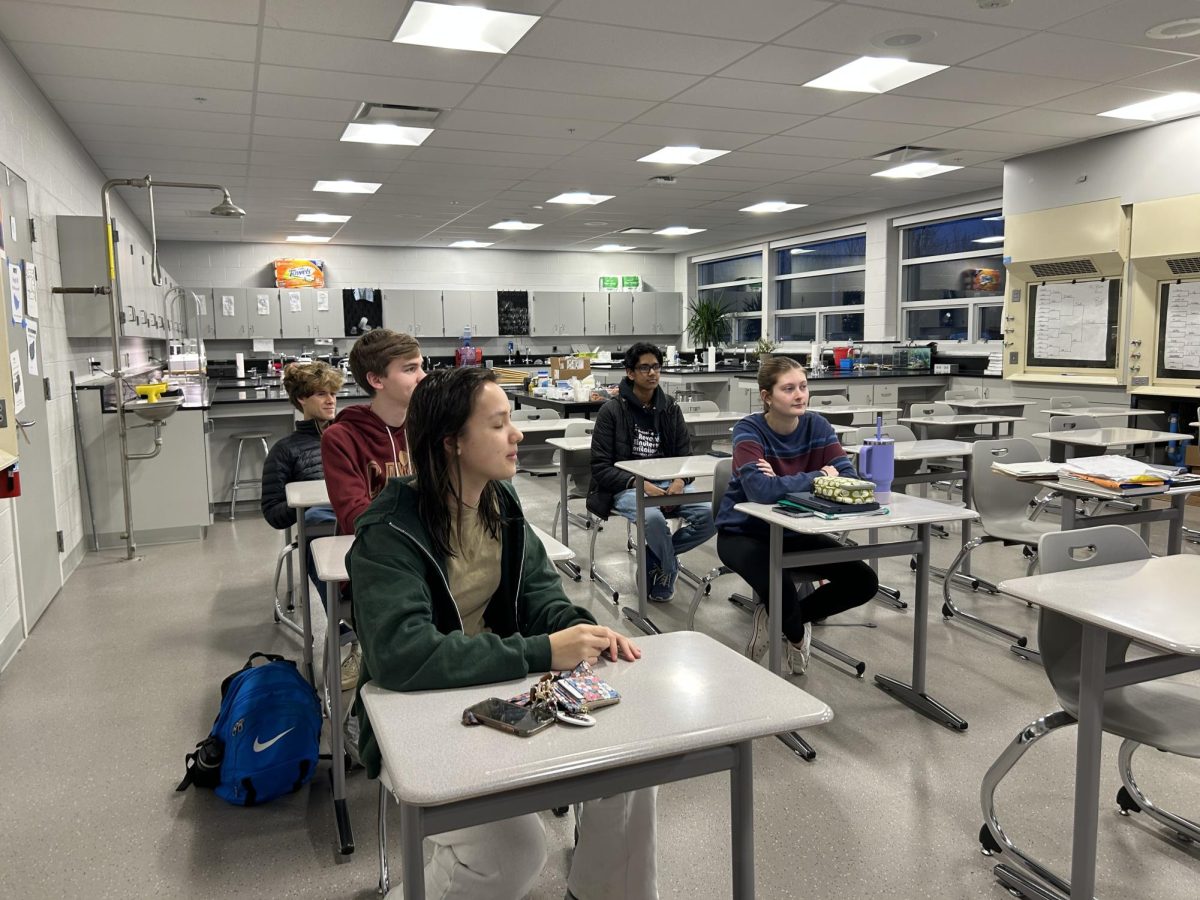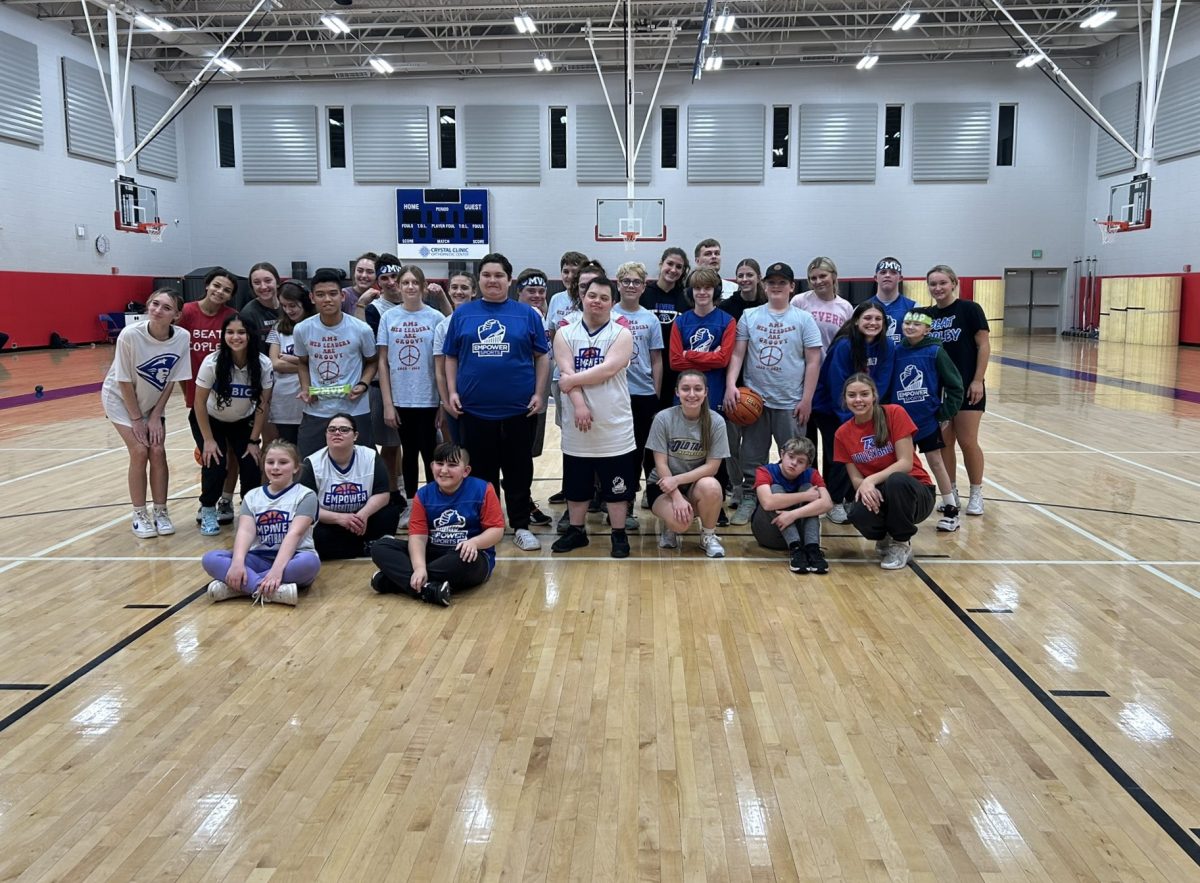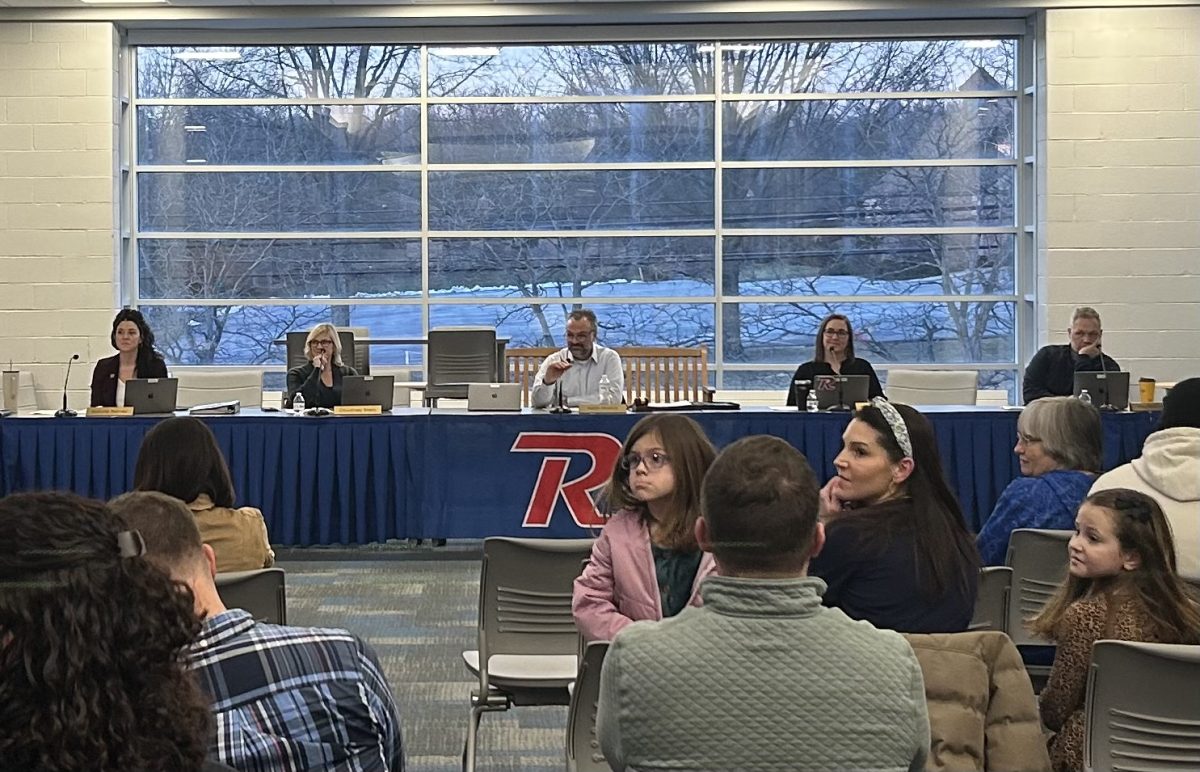Solar eclipses are a peculiar sight that occur only a few times each year. Total eclipses, like the one recently experienced in Ohio, only happen once every century, if that.
Solar eclipses cause a strange phenomenon, one specifically impacting birds. As the moon begins to cover the sun, the day-birds and insects take this to mean that it is time to rest.
Likely, most day and night animals cannot tell the difference between a total solar eclipse and the actual time of day, which is why they either begin activity or diminish activity as the sun becomes completely hidden by the moon. Total solar eclipses disrupt animals’ circadian rhythms, which is why sudden owl hoots and coyote calls can be heard.
Hanja Batizy, a science teacher at RHS, recorded this occurrence during the solar eclipse. She noted how there was an audible difference between the sounds before, during and after the eclipse. She explained why she is so fascinated by eclipses.
“To me the most important thing is being able to see space and experience the eclipse. It’s more than just one sense. It is sound and there’s that feeling, you feel a difference and you see a difference. . . . I cannot help but think of the perfection of the universe,” Batizy said.
She explained how she’s been “chasing” this change in the song pattern of the birds for numerous years, and how she was finally able to capture it during the recent eclipse.
“I noticed it the first time and I told people that. . . . And they looked at me skeptically, and I knew that [it] happened. And then it happened again. I don’t know if they really paid attention, but this time I thought ‘Okay, I’ve got the proof now.’ I was just having fun with it, really,” Batizy said.
Using an app that records bird noises and uses that to identify the species of the bird, Batizy was able to record the change in singing pattern of the birds in her area. The recordings are included below.






